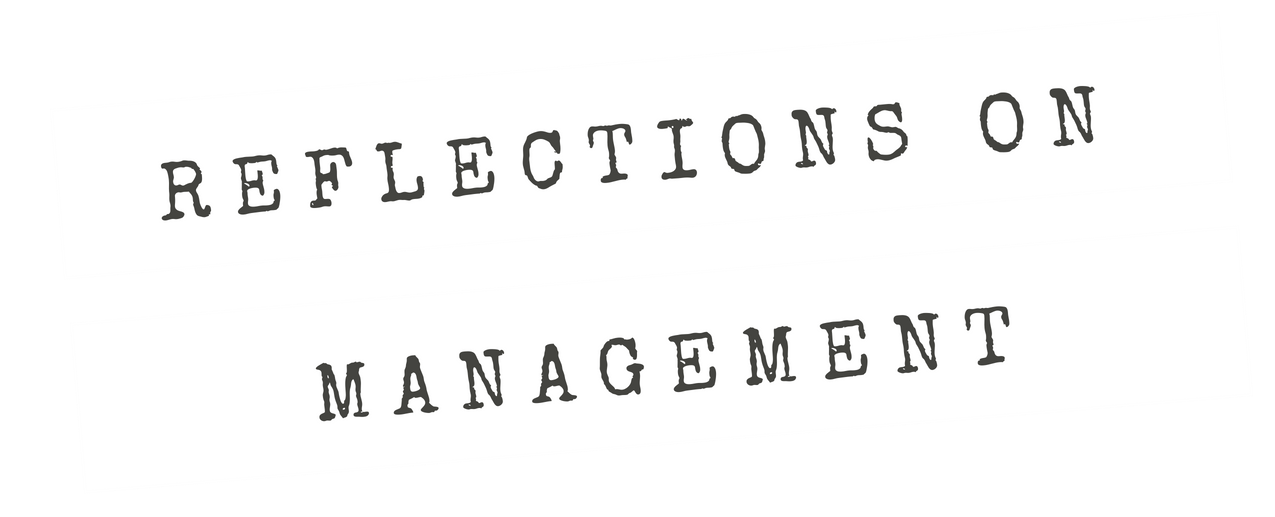There is a natural inner tension that we also want to understand about the decision maker or about those who are advising the decision maker. The emotional states are really important.
Season 7, Episode 8 — Click here to download the transcript
When we make tough decisions, those that require some thought or judgment, we are naturally conflicted. Otherwise, they would not be tough decisions and maybe not decisions at all. But the conflict may stem from different sources. Perhaps there were multiple alternatives available and it was hard to pick one. Or none are particular good and one is trying to minimize harm. Then, perhaps the difficulty comes in potential harm each alternative may impose on the reputation of the decision maker. The decision maker may be calm and collected on the outside but may be torn apart and stressed on the inside – yet, we may only see the manifestation of the decision alone and may know little about the paths not taken in the minds of the decision maker. In other words, we often only know about half the story of the decision. Is it possible to reconstruct the other half?
The metanarrative being presented in this episode is called the preference-based metanarrative. I originally conceived it as systems-based because the impetus was reasoning about how people navigate complexity — to what extent do actors see the system before them? But I found that preferences were the better locus because it reflects the act of navigating the system itself. Complexity manifests in tough decisions where this is a tension present — a paradoxical one, specifically — that presents mutually exclusive or conflicting alternatives and quite possibly a spectrum of options in-between, none of them perfect and none of them durable. So, the metanarrative is about the act of recognizing or ignoring / willing away these alternatives and making a choice that one is most comfortable with. For examples from this program that exemplify the stories that emerge from such decision spaces, see my episode on the “Story of the Four Commanders” and the “Change Story” construct.
The metanarrative is, at its essential, dramaturgical. It is not just about the acts of decision-making but the emotions surrounding it. From the decision makers’ standpoint, there are the emotions of dealing with the tension and feeling satisfied or uncomfortable about the decision made. From others’ standpoints, the presence of a decision point in the decision maker’s minds presents a decision space that induces its own drama — do I resist or join or stay neutral? And then the decision maker faces decisions about the potential reactions — do I confront dissension or deflect it? What themes and messages should I prepare to shape the environment so it is as receptive to the decision as I can make. I have used Saldana’s presentation of dramaturgical coding as a way of reasoning about the back and forth that surrounds decisions made or being considered.
This is a complicated metanarrative to grasp, but I hope that I successful removed some of the complexity. We may not like drama in our decision making, but when decisions are made that try to remove the drama, in my experience it only adds to the drama!
References:
Chin, R. & Benne, K. D. (1984). General strategies for effecting changes in human systems. In Bennis, W. G., The Planning of Change, 4th ed. New York: Holt, Rinehart and Winston.
Lewis, M. W. (2000). Exploring paradox: Toward a more comprehensive guide. Academy of Management review, 25(4), 760-776.
Saldana, J. (2013). The coding manual for qualitative researchers, 2nd ed. Sage.


